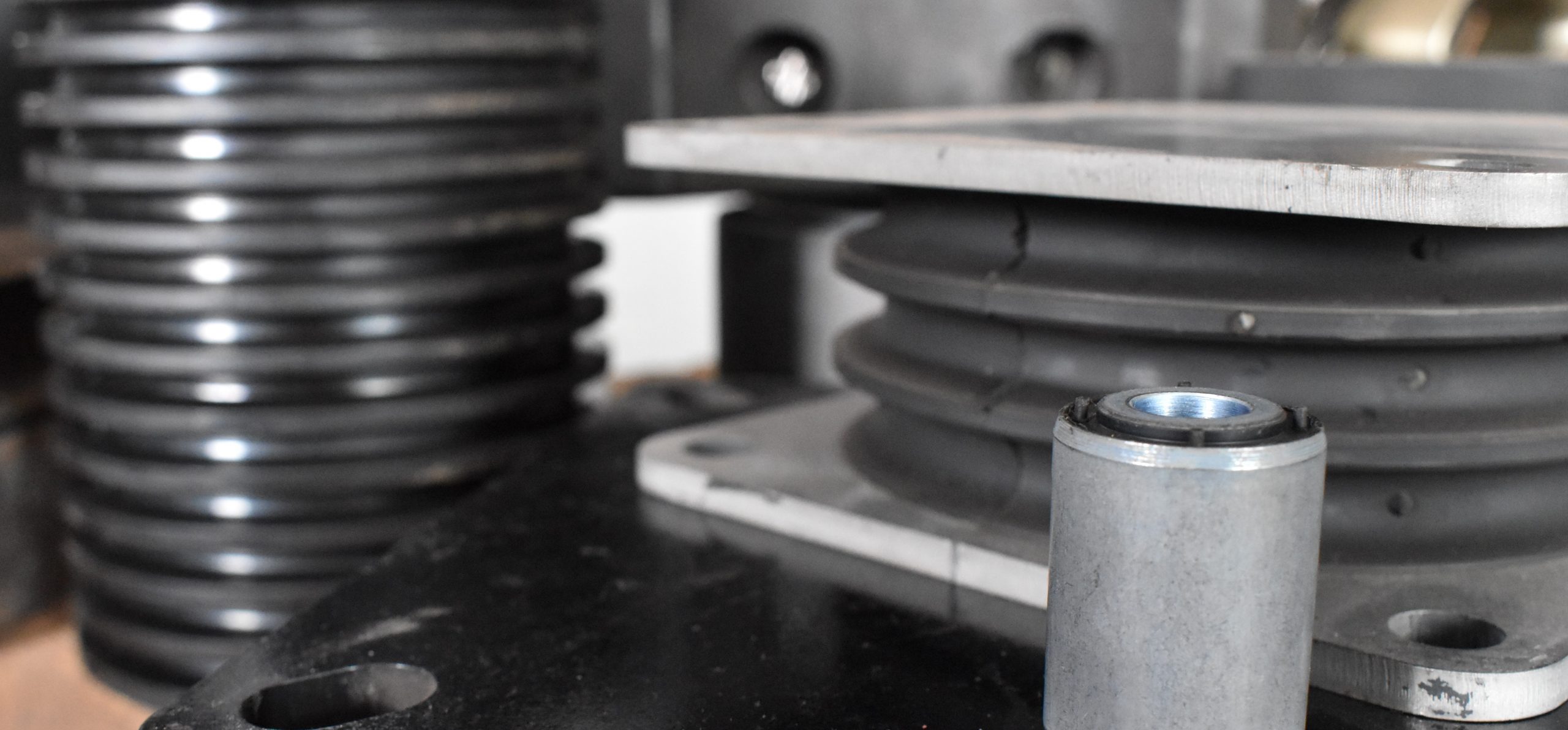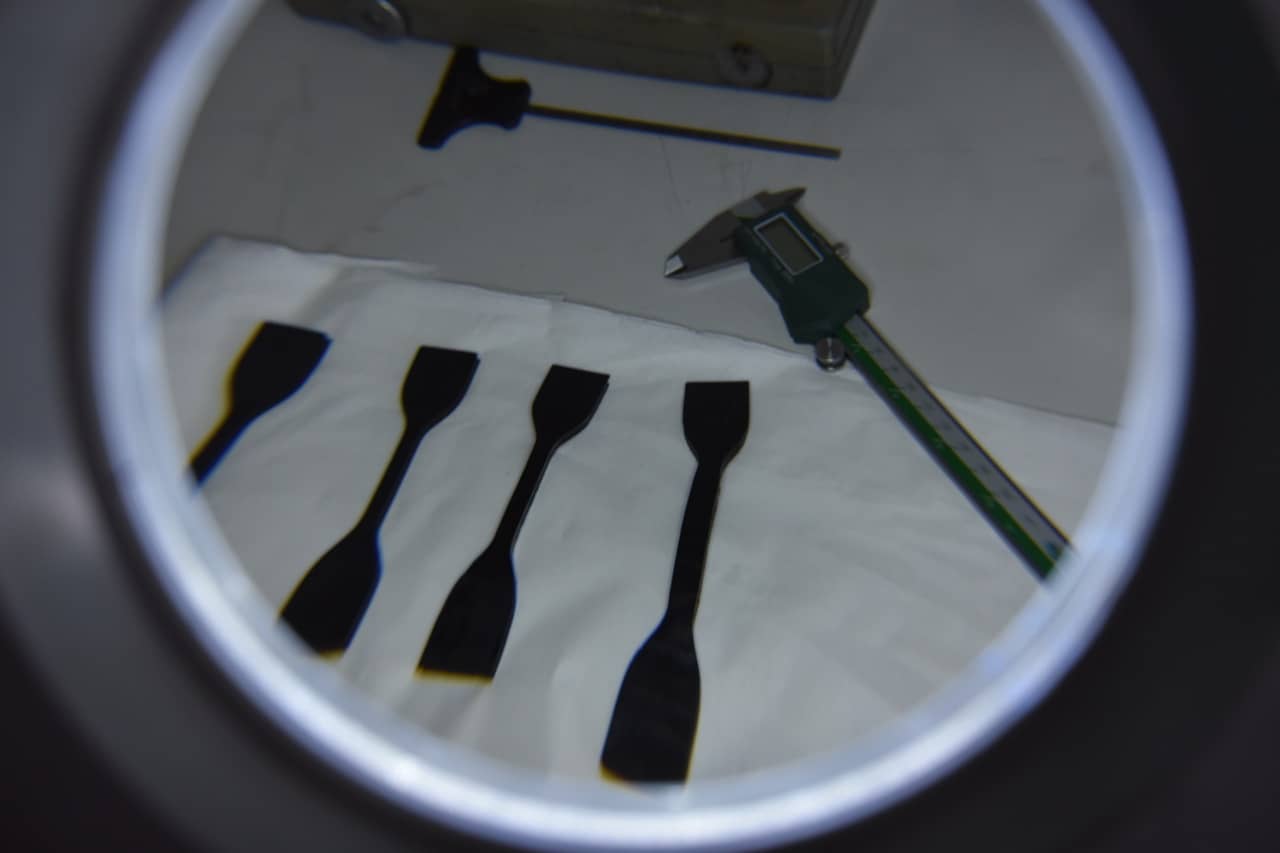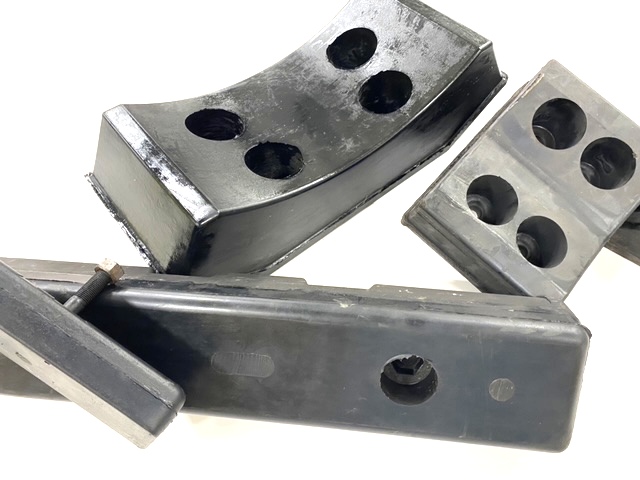05/15/2023
Which Rubber to use – Introduction
Introduction
Rubber is a widely used material, whether for sealing, vibration absorption, flexibility, coefficient of friction or a combination of these factors. Choosing the right rubber compound is often critical – there are a lot of variables.
The key variable to get right is the base compound, this article focusses on that, and aims to help you understand the options. After this, there are a number of other options, but we will leave those for another time.
Typical properties of a compound specification may include:
- Operating temperature range.
- Ability to resist environmental factors, such as ozone, temperature, interaction with fluids such as water, oils, fuels etc.
- Insulation and absorption of noise and vibration. This opens up a wide range of follow on questions.
- Friction (which is challenging to get right first time round)
- Whether it can be used in direct contact with food, or not.
- Whether it can be bonded.
- Ability to conduct or insulate heat and electricity.
- High or low tear resistance.
- Strength and elasticity
Rubber compounds are often designed around a requirement. A requirement can use a material that we already stock, however sometimes we need to design something specific. This process is fairly painless as long as we understand the key factors of the application, and how the product is to be produced e.g. injection moulded, compression moulded, extruded, in an autoclave, or one of the less common approaches.
Part 2: Benefits of using rubber
Part 3: Properties of rubber compounds
Part 4: Refining the compound
Related Posts

07/03/2023
Challenges in specifying Rubber and Elastomeric Materials
07/03/2023
Natural Rubber Engineering Compounds
06/26/2023
Heat Generation in Rubber and Elastomers
06/12/2023
Stress-Strain Characteristics of Rubber & Elastomers
05/22/2023
How to create a strong rubber bond in my product?

